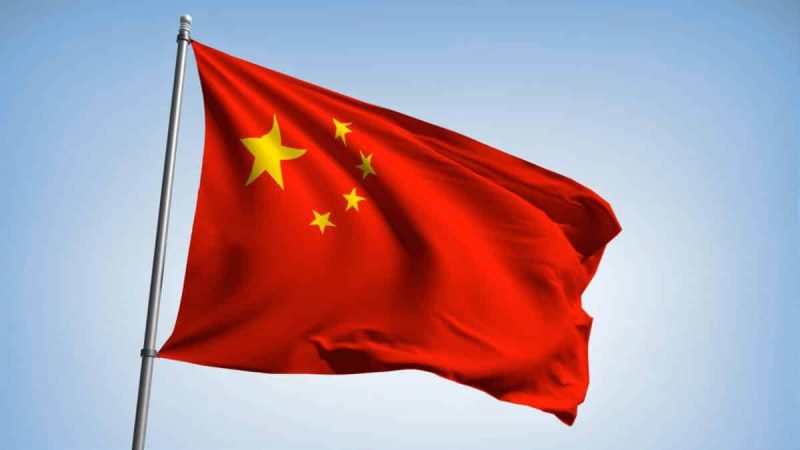China Holds MLF Rate at 2.50%, Eyes Economic Stability
Quick Look:
PBOC Holds MLF Rate: Kept at 2.50% to stabilise currency amid economic challenges;
Strategic Bond Issuance: China plans 1 trillion yuan in ultra-long-term bonds for infrastructure;
Economic Indicators and Tensions: Sluggish loan demand and U.S. tensions impact economic outlook.
China’s central bank, the People’s Bank of China (PBOC), has decided to maintain its key policy rate. The medium-term lending facility (MLF) rate is at 2.50% as it rolls over maturing MLF loans worth 125 billion yuan ($17.28 billion). This decision aligns with market expectations and reflects the central bank’s strategy to stabilise the currency amidst economic challenges. This move is particularly significant as it precedes the finance ministry’s plan to issue a historic batch of ultra-long-term treasury bonds. The steadiness in the MLF rate underscores the PBOC’s cautious approach to monetary policy. Especially following an unexpected credit contraction in April that has heightened concerns about the health of the world’s second-largest economy.
China’s Economic Strategy Amid US Tensions
The decision to keep the MLF rate unchanged is critical for China. Also various economic indicators signal potential sluggishness ahead. This week, the National Bureau of Statistics is set to release important data on retail sales, industrial production, and fixed asset investment for April. Analysts are predicting only slight improvements from March’s figures. It could reinforce the case for future rate cuts if economic momentum softens. Additionally, the ongoing tensions with the United States, marked by recent U.S. tariff increases, have exacerbated the economic outlook. China’s foreign minister criticised these moves as “typical bullying,” indicating the strained diplomatic relations that could further impact economic stability.
Strategic Bond Issuance Amidst Real Estate Challenges
In a strategic move to bolster economic growth, the Chinese government is set to issue the first tranche of a planned 1 trillion yuan in ultra-long-term special treasury bonds. These 30-year bonds are part of a broader effort to finance significant infrastructure and other strategic projects, although specific uses for this initial issuance have not been disclosed. This initiative is crucial as China grapples with ongoing drags from the real estate sector and conservative spending habits from businesses and consumers alike. The bond program reflects a proactive approach to stimulate investment and counteract the economic slowdown.
Recent loan data from April showed a significant drop in demand. The growth in outstanding loans in Chinese yuan increased by only 9.6% year-on-year. This rate is the slowest since records began in 1978. This decline in loan demand highlights broader economic challenges. These challenges stem from regulatory changes and a crackdown on loans not intended for business expansion. Hui Shan, Goldman Sachs’ China chief economist, commented on the situation. He stated, “Some of the weakness speaks to genuine sluggish demand in China at present.” He emphasised the need for careful monetary management.
As China continues to face these multifaceted economic challenges. The decisions made by the PBOC and the outcomes of strategic financial initiatives like long-term bond issuance will be pivotal in shaping the country’s economic trajectory. Market watchers and policymakers alike will be keenly observing these developments. They are looking for signs of stabilisation or further need for stimulus in the coming months.
The post China Holds MLF Rate at 2.50%, Eyes Economic Stability appeared first on FinanceBrokerage.

